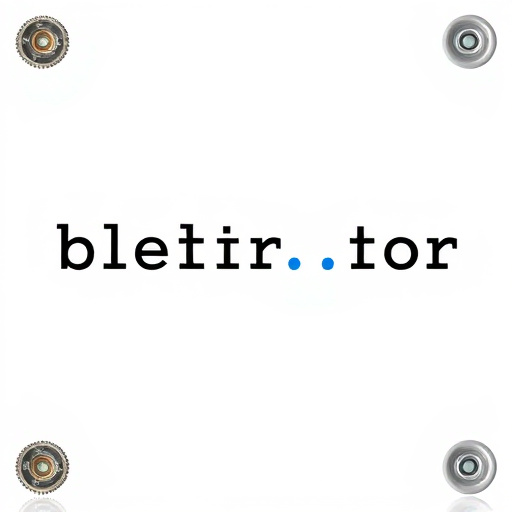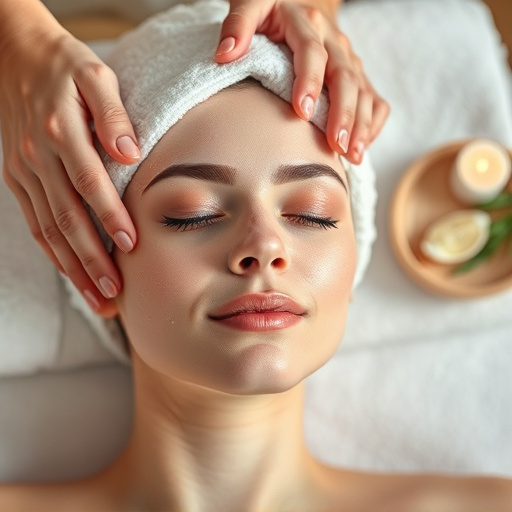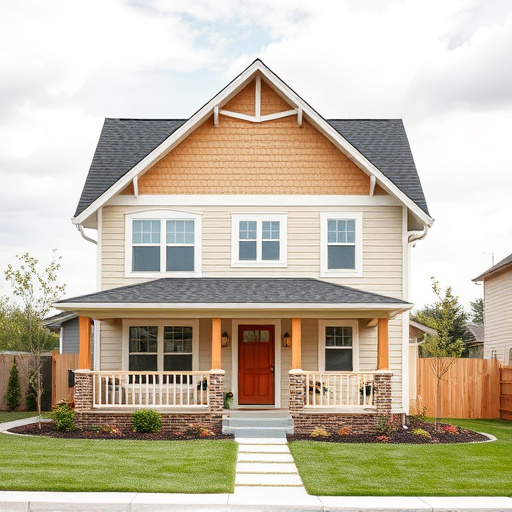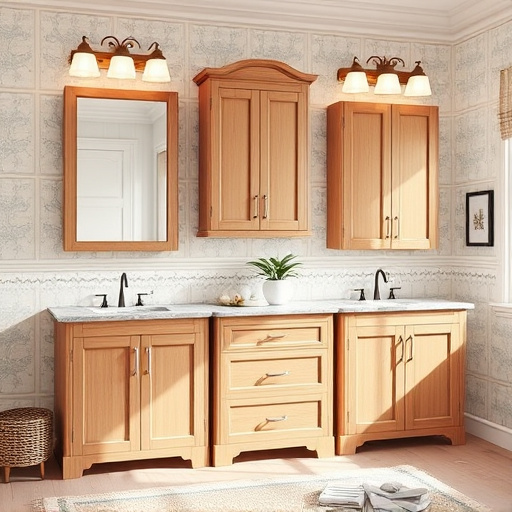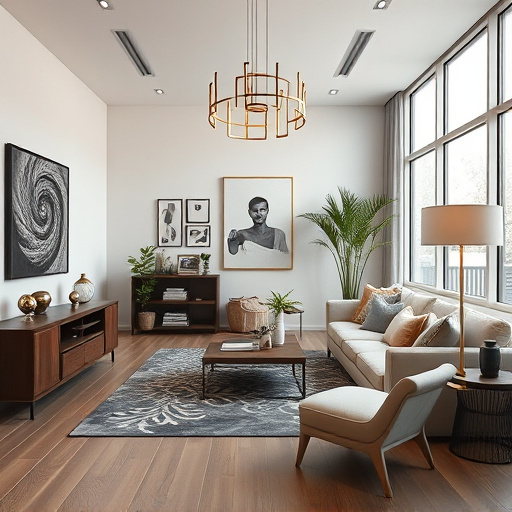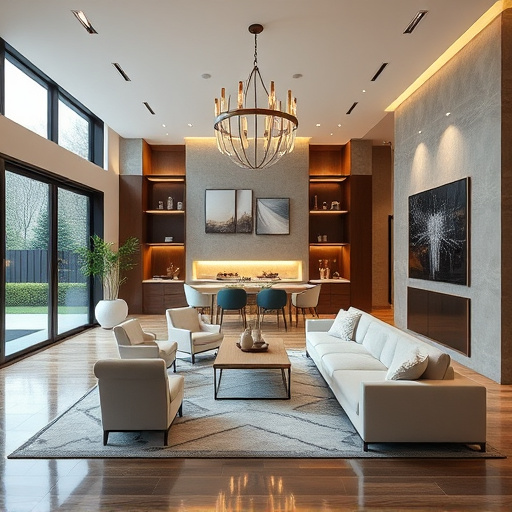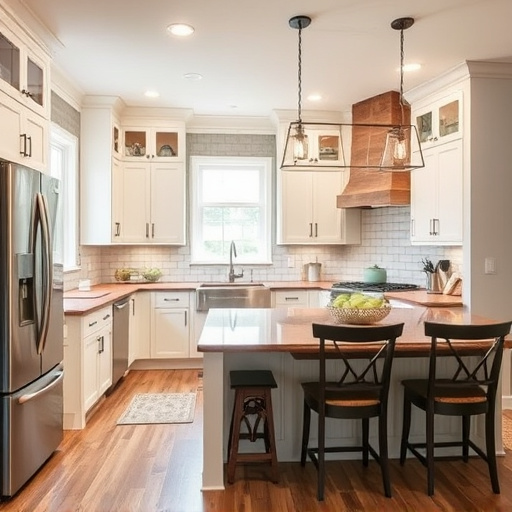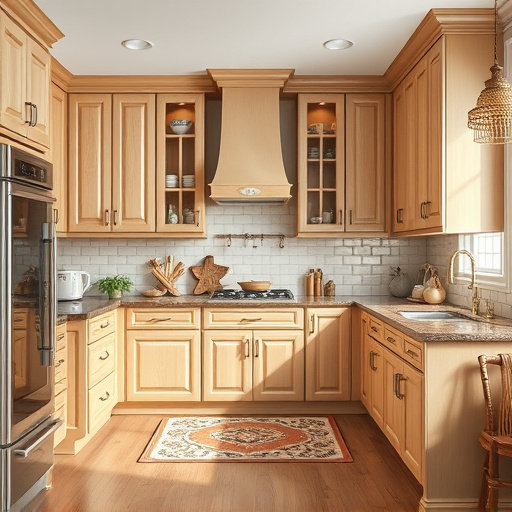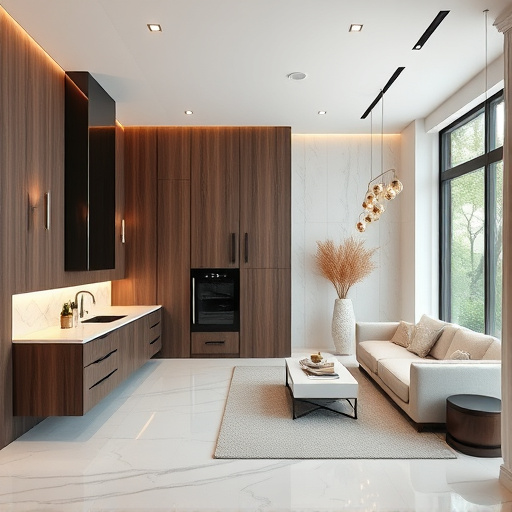Color psychology is a strategic tool in commercial design, allowing creators to evoke specific emotional responses from customers by aligning color choices with desired outcomes. Warm hues stimulate energy and urgency, ideal for sales promotions, while cool tones promote calmness and trust, suitable for healthcare or financial settings. Designers leverage this impact to enhance brand perception and customer experiences across various spaces, from restaurants to residential renovations, ultimately shaping behaviors and fostering connections in both physical and digital environments.
“Uncover the power of color in shaping consumer experiences with our exploration of color psychology in commercial design. From understanding basic color theory to its practical application, this article guides you through the art and science behind visual impact. Discover how businesses leverage color to evoke emotions, enhance brand identity, and drive sales in retail spaces. Dive into case studies showcasing successful strategies, revealing the secrets behind effective commercial design that captivates and converts.”
- Understanding Color Psychology: The Basics
- Applying Color Theory in Commercial Design
- Case Studies: Successful Color Usage in Branding and Retail Spaces
Understanding Color Psychology: The Basics

Color plays a profound role in shaping our emotions and influencing our decisions, which is why understanding color psychology is essential for commercial design. In the context of businesses and marketing, colors are more than just aesthetic choices; they communicate subtle messages to potential customers. For instance, warm hues like red and orange evoke feelings of energy, passion, and urgency, making them popular choices for sales promotions or emergency signs. Conversely, cool tones such as blue and green convey a sense of calmness, trust, and tranquility, often used in healthcare settings or financial institutions.
In the realm of commercial design, applying color psychology strategically can significantly impact customer behavior and brand perception. Whether it’s a vibrant palette for a restaurant aiming to create a lively atmosphere during a kitchen remodel or a subtle, earthy tone for a residential renovation service emphasizing relaxation and serenity, each color choice carries weight. By aligning colors with desired emotional responses, designers can craft spaces that resonate with their intended audiences, ultimately enhancing the overall customer experience.
Applying Color Theory in Commercial Design

In commercial design, applying color theory is a strategic art that transforms spaces into compelling environments. Designers leverage the psychological impact of colors to engage audiences and evoke specific emotions in various settings, from retail stores to corporate offices. Understanding how colors interact—their warmth or coolness, brightness, and saturation—enables designers to create cohesive schemes that align with branding goals and enhance customer experiences. For instance, vibrant hues can stimulate energy and excitement, making them ideal for retail spaces aiming to attract buyers, while calmer tones foster relaxation, suitable for healthcare facilities or co-working areas.
In the context of interior painting and bathroom renovations, color theory guides transformations in these spaces. A thoughtful bathroom remodel, for example, might incorporate soothing blue tones to create a tranquil retreat or warm, inviting neutrals to make the space feel cozy and welcoming. These strategic choices extend beyond aesthetics; they influence how individuals perceive and interact with their surroundings, making commercial design a powerful tool for shaping behaviors and fostering connections in both physical and digital environments.
Case Studies: Successful Color Usage in Branding and Retail Spaces
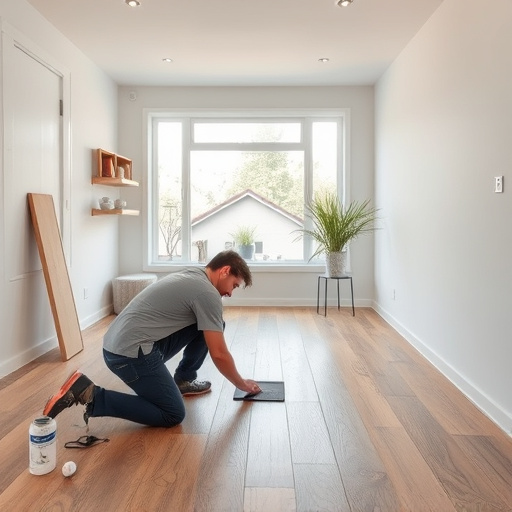
In the realm of commercial design, color psychology plays a pivotal role in shaping consumer behavior and brand perception. Case studies from leading brands and retail spaces demonstrate the power of tailored color usage. For instance, consider a luxury fashion retailer that employed a sophisticated shade of blue across its interior and packaging. This strategic choice not only evokes trust and stability but also encourages customers to associate the brand with elegance and quality. In another notable example, a tech startup transformed its office space with vibrant, energetic colors, fostering a creative environment that mirrors their innovative products, thereby enhancing employee morale and attracting like-minded talent.
These successful implementations highlight how customized work in commercial design can revolutionize spaces. Whether it’s whole house remodels or specific floor replacements, the integration of color psychology ensures that each element resonates with the intended audience. By understanding the emotional responses tied to colors, designers can create retail environments that not only attract but also engage and retain customers, ultimately driving business success.
Color psychology plays a pivotal role in shaping consumer experiences within commercial design. By understanding how colors evoke specific emotional responses, designers can strategically apply color theory to enhance branding, improve retail spaces, and ultimately drive sales. As evidenced by successful case studies in this article, thoughtful color usage can transform mundane environments into vibrant, engaging spaces that resonate with target audiences. Incorporating color psychology into commercial design practices ensures a more effective and appealing environment for both customers and businesses alike.



